Sample Images
It should be clear by this point that the SD14 is a camera that only
excels in deliberate photography. It is certainly not a camera for sports photographers
or the kids' soccer games. It is also not a great choice as a snapshot or travel
camera, although it is usable in those areas.
Where the SD14 does
excel is in photography where you have time to plan and time for post-processing
- or where capture settings are somewhat static and repeatable. For that reason
all of the sample images are macro shots. Everything was shot RAW and processed
in Sigma Photo Pro 2.5 or 3.0. 2.5 is the latest version of Photo Pro for the PC,
but 3.0 is the only PC version that can also process JPEG and TIFF images in addition
to the native RAW.
After processing in
Photo Pro, images were saved as 16-bit TIFF files and finally saved as highest-quality
JPEG files, with no further processing in Photoshop CS3. None of the images were
cropped, even though cropping would definitely improve a few of these images. This
allows close examination of the full frame for those who are interested.
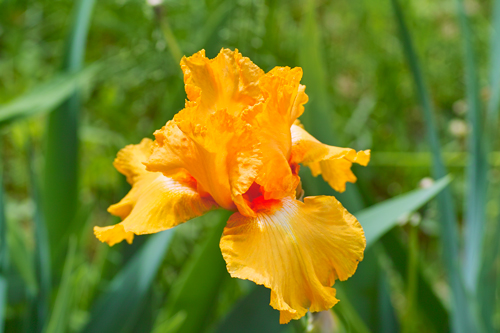
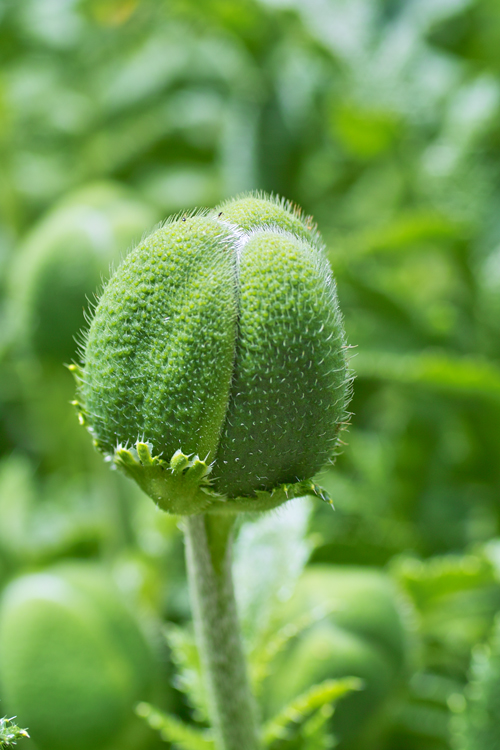
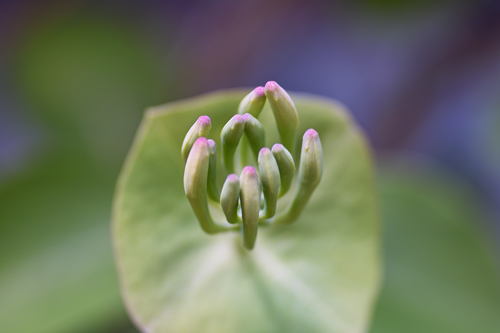
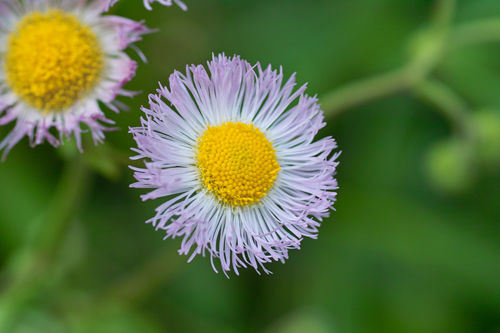
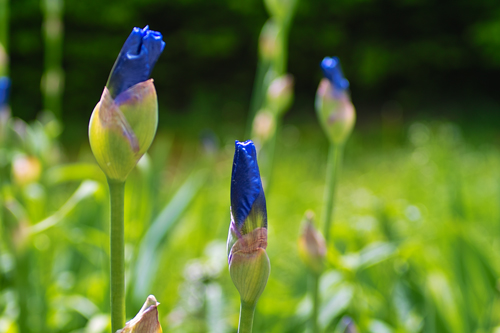












40 Comments
View All Comments
chibimike - Tuesday, June 3, 2008 - link
Layer-per-primary is not the future.It is a great idea, but passing through the first two layers to get to the red layer eats too much of the light. To make up for it, they make the red layer supersensitive, which then leads to clipping or extremely complex attempts at color correction. Unless there is some breakthrough material to make the sensor out of, it will always be noisy.
aeternitas - Tuesday, June 3, 2008 - link
I see your point, and its a good one.Except useing this method of three layer technology and pretending thats the only way is pretty close minded and short sighted.
Their are better methods than what Foveon has, but layer-per-primary as a base WILL be the future of digital photography. Its a technology in its infancy, and hinestly, do you see any other method that would even come close to haveing the same future potential? If you mention fuji ill shoot you.
Justin Case - Wednesday, June 4, 2008 - link
Potential is irrelevant when the current technology has aready hit the "lens wall".Bayer pattern sensors are already at the limit of lens resolution, and can still be pushed forward. Unless Foveon can suddenly increase the resolution of their sensors by 300%, fix all the color problems, and Sigma releases lenses that can beat the top Nikon and Canon models, they simply don't offer any advantage (note that there are sharper lenses than Canon's or Nikon's - Leica, Hasselblad, Voigtlander, Zeiss - but they're used by less than 0.1% of people).
If anyone is interested in improving the quality of Bayer sensors, the way to go is tetrachromacy (Sony is experimenting with that), but that makes processing more complex and offers only a very slight little advantage, so I don't see that happening, either.
Current Bayer sensors have hit the resolution limit for lenses, and improvements to sensitivity and chroma range are more important than resolution. Since those are precisely the points where Foveon is further behind, its future isn't particularly bright. Some people will continue to buy them, because the concept "seems to make sense", but in the real world they're simply worse in every sense. Even if done "perfectly" (with materials that don't even exist yet), they'd be more expensive and the advantage wouldn't be noticeable without a major upgrade to lens quality.
chibimike - Wednesday, June 4, 2008 - link
No not fuji, great for pocket cams, not so hot for SLRs.I think one of two things. Either a new material with much lower noise properties. Or if costs keep going down, we could potentially see someone do a creative take on the three sensor design like they do in high end video cameras.
aeternitas - Tuesday, June 3, 2008 - link
PS.There is this new and great technology called PNG. No one expects you to display tiff or raw files. I'm not sure why a paragraph was put into explaining that to everyone.
Wesley Fink - Tuesday, June 3, 2008 - link
We use PNG all the time in our articles and reviews and it is a desirable lossless format like TIFF. However it is not really very suitable for photographic images. To quote from Wikipedia:"JPEG can produce a smaller file than PNG for photographic (and photo-like) images, since JPEG uses a lossy encoding method specifically designed for photographic image data. Using PNG instead of a high-quality JPEG for such images would result in a large increase in filesize (often 5–10 times) with negligible gain in quality."
For photographs PNG is no better than JPEG, but the files are MUCH larger. PNG is best with tables and line drawings. We need a new web format as neither TIFF or PNG are suitable and current JPEG is just 8-bit - perhaps an update of JPEG.
Justin Case - Wednesday, June 4, 2008 - link
PNG uses prediction and error coding, followed by entropy encoding. It's pretty much the best lossless algorithm you can get for photos.For line drawings and tables, GIF (LZ compression) will frequently produce smaller files than PNG, especially if they have regular dithering patterns.
If you think there's no difference between JPEG (even at the maximum quality allowed by Photoshop) and PNG, you need to have your eyes checked. Even though Wikipedia is hardly an authoritative source, the article you quoted says "a negligible gain in quality". Not "no gain". You're the one who extrapolated that to "PNG is no better than JPEG".
The meaning of "negligible" depends on the situation. Yes, the PNG files are significantly bigger. And yes, if you use a crappy camera, you'll get artifacts from the lens and sensor anyway. But when you're comparing high-end cameras and sensors, it definitely pays to use a lossless format (generated from raw, of course, not from an in-camera JPEG). Even better, post a couple of raw files and let people who are interested download and compare them using appropriate software.
BTW, there already is an "update of JPEG". It's called JPEG-2000 and gets about 40% higher compression for the same (lossy) image quality, and even supports lossless compression. If you can convince browser makers (namely Microsoft) to add support for it to their software, we'd be thankful. Until then, I doubt it'll catch on.
I have no idea why you need a higher-than-8-bit format "for the web", considering that about half the LCDs out there are actually 6-bit panels and that 99.9% of graphics cards are limited to 8-bpc. We definitely don't need browsers to become more bloated just so they can handle HDR or RPF images natively (which 99% of people have no use for in web pages).
For distribution and webpage "decoration", 8-bit JPEGs are fine. The question is whether they're fine for an article comparing minute differences between high-end digital sensors. And the answer to that is almost certainly no (just as MP3 files aren't really the right choice to evaluate high-end audio equipment).
Deadtrees - Thursday, June 5, 2008 - link
Last time I checked, JPEG2000 is pretty much dead and MS is trying to setup a new JPEG2000 like picture file system along with many other major companies. I forgot the details but it was open architecture and it was better than JPEG 2000.Justin Case - Friday, June 6, 2008 - link
JPEG-2000 is only "dead" due to lack of native support in Windows and web browsers. It's a significant improvement on JPEG.Microsoft's format (which has gone through three names, I think the current one is "MS HD Photo") is a DRM'd format which, in terms of quality vs. compression, is slightly inferior to JPEG-2000 and can only be manipulated through Microsoft's own APIs (very much not an "open architecture"). It does have support for several useful features (like floating-point HDR) but I really don't see those being relevant for a distribution format; if you want HDR data, you probably don't want lossy compression, and vice-versa.
A unified "raw" format for all camera manufacturers, on the other hand, would be nice, but considering the different sensor layouts, different bit depths, different processing required, etc., you would have a single file extension but effectively N different sub-formats.
aeternitas - Tuesday, June 3, 2008 - link
I understand the differance between the two.In context, when mentioning all those formats, and not mentioning png, its kinda off. Also, PNG with such tiny crops is negligible.
Aside from that, a contrustive suggestion would be, if youre going to do side by side images, have a single croped image, and several mouse-overable links that change the image dynamicaly. It gives a much much better result when trying to see subtile differences between cameras.
IMO that would one-up anandtech camera reviews compaired tomost online.